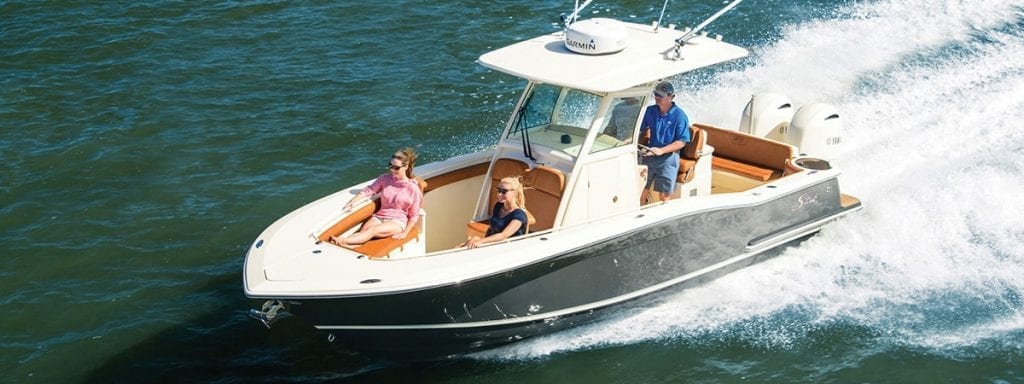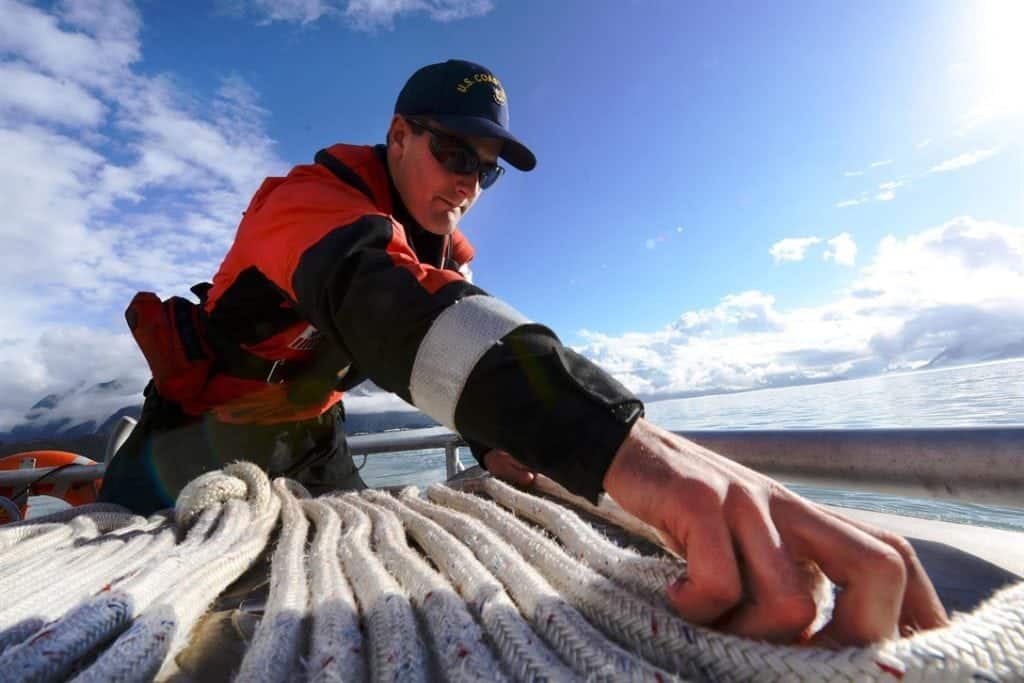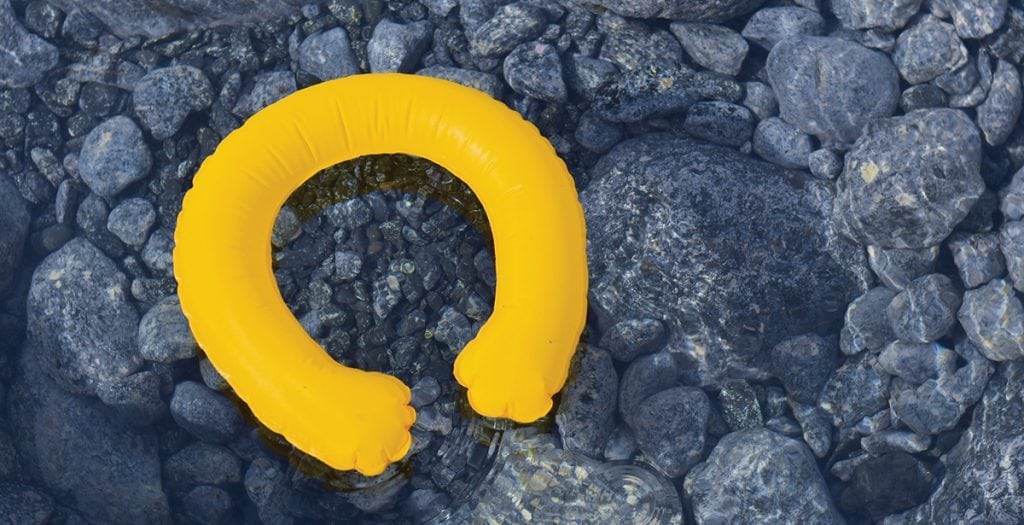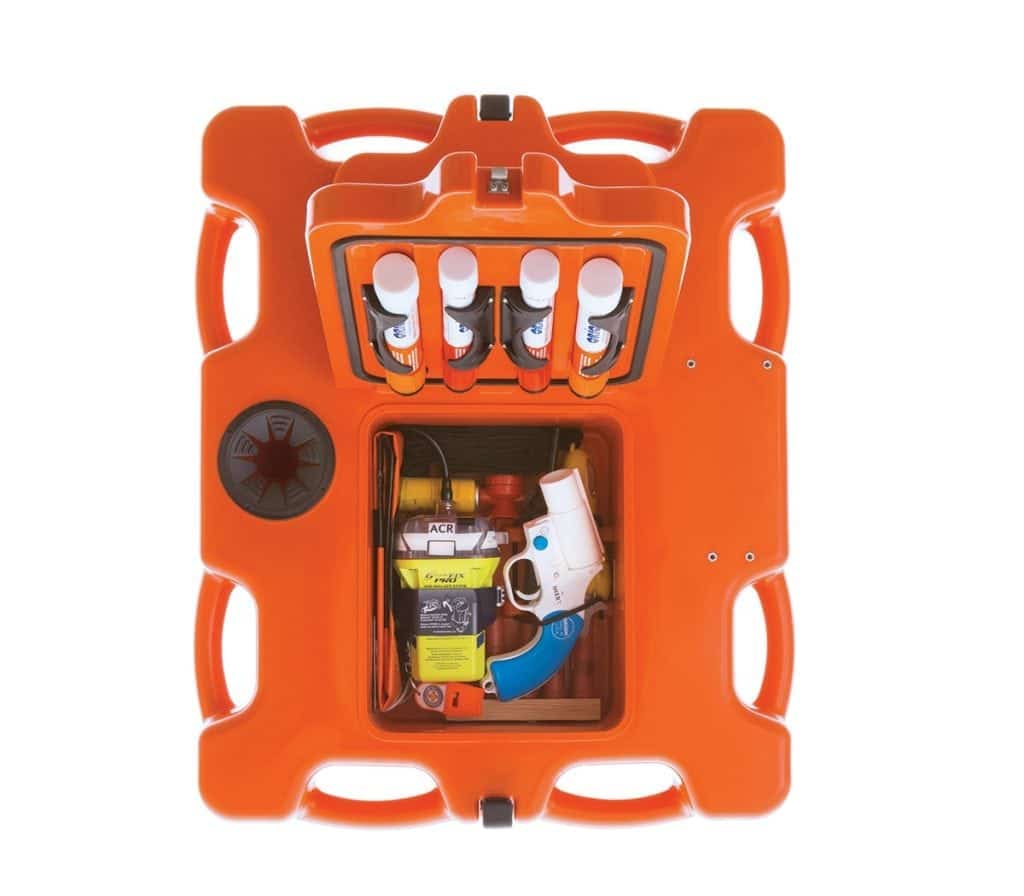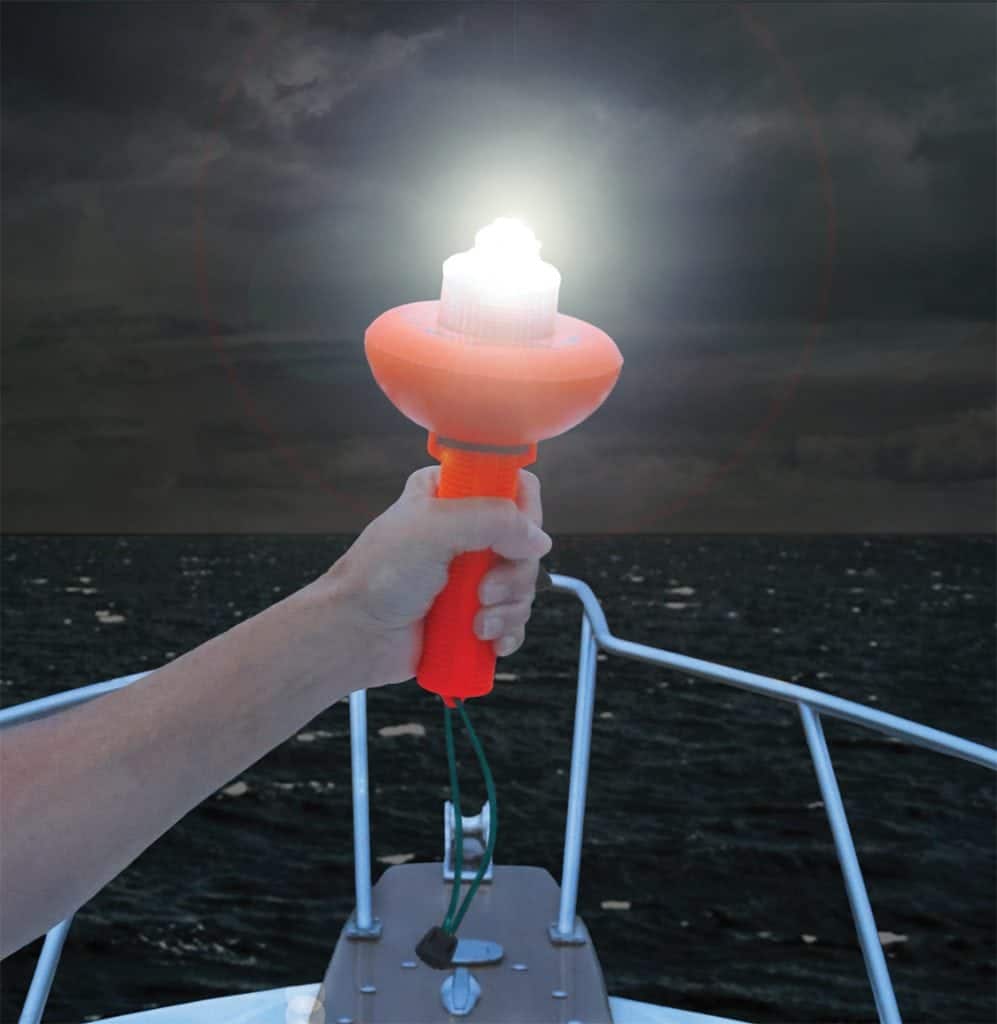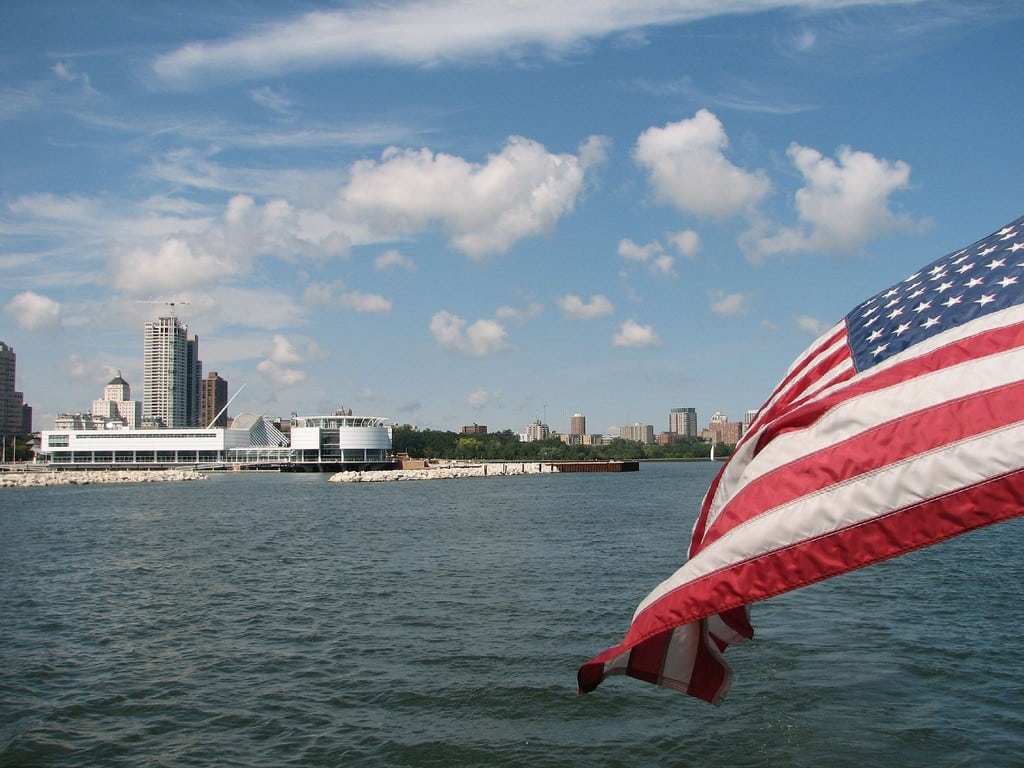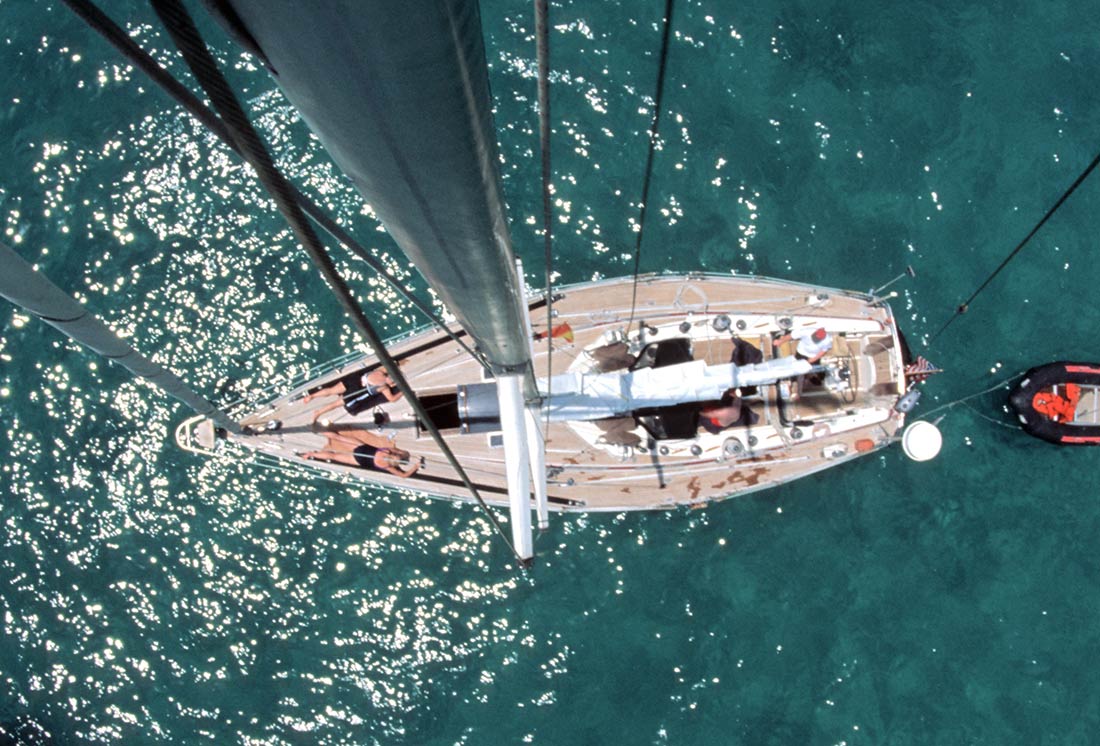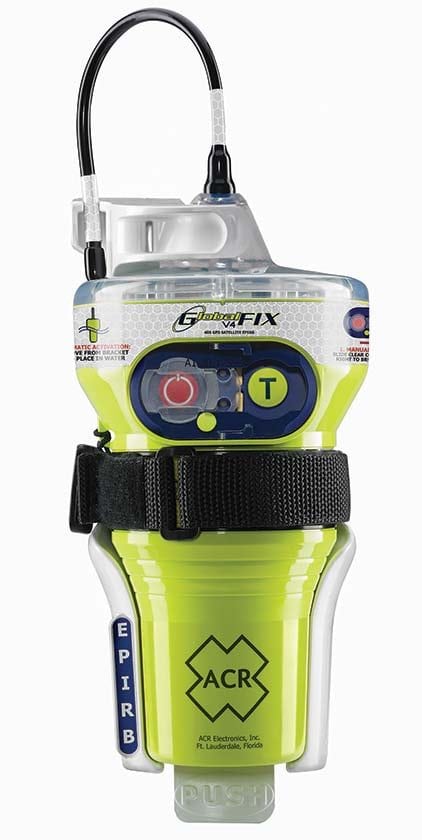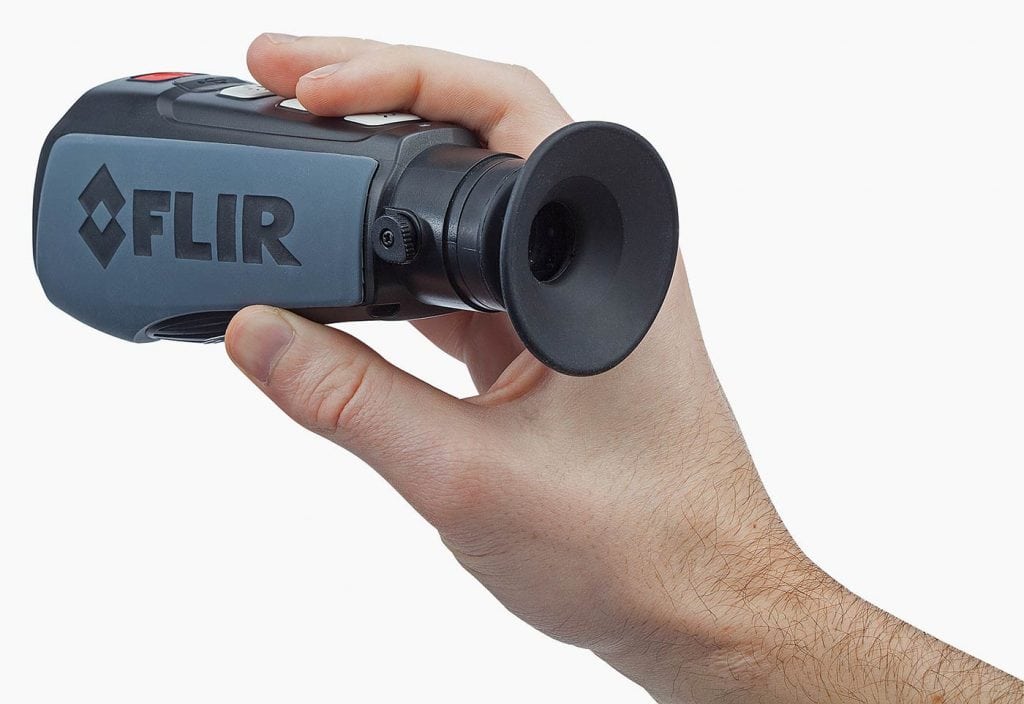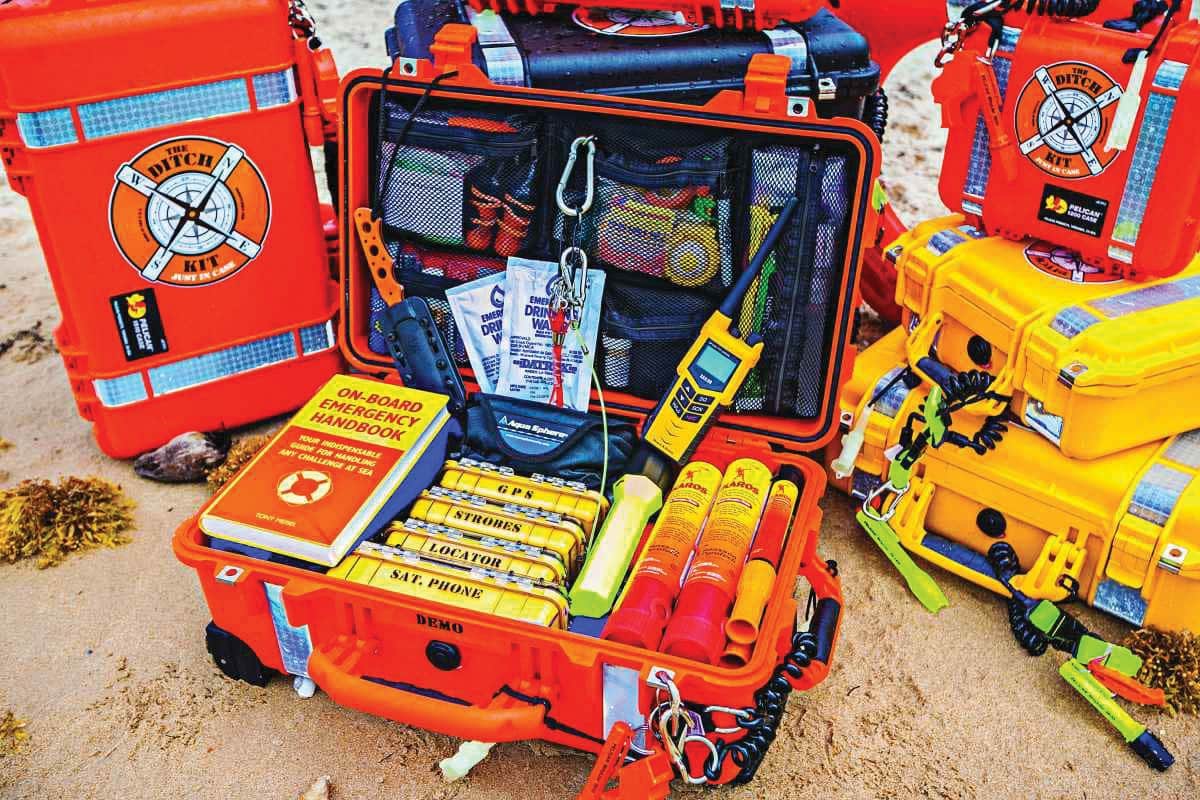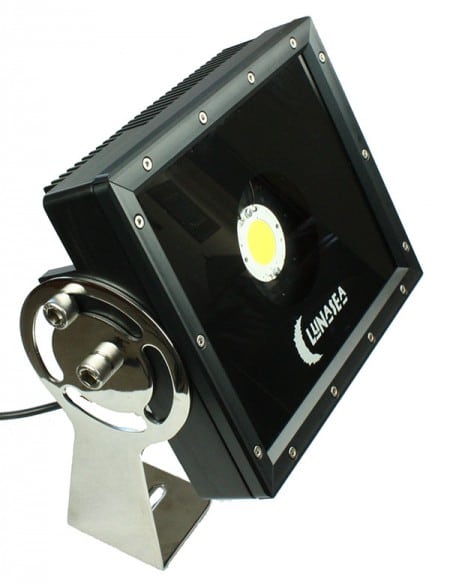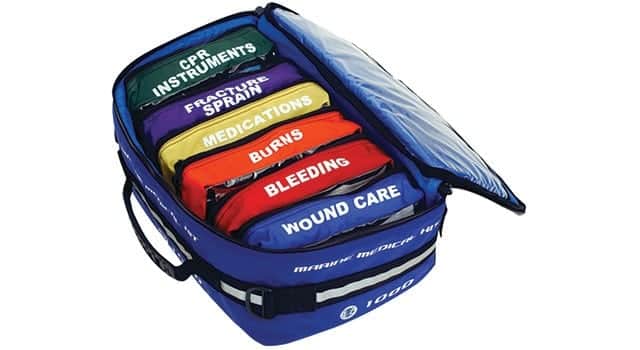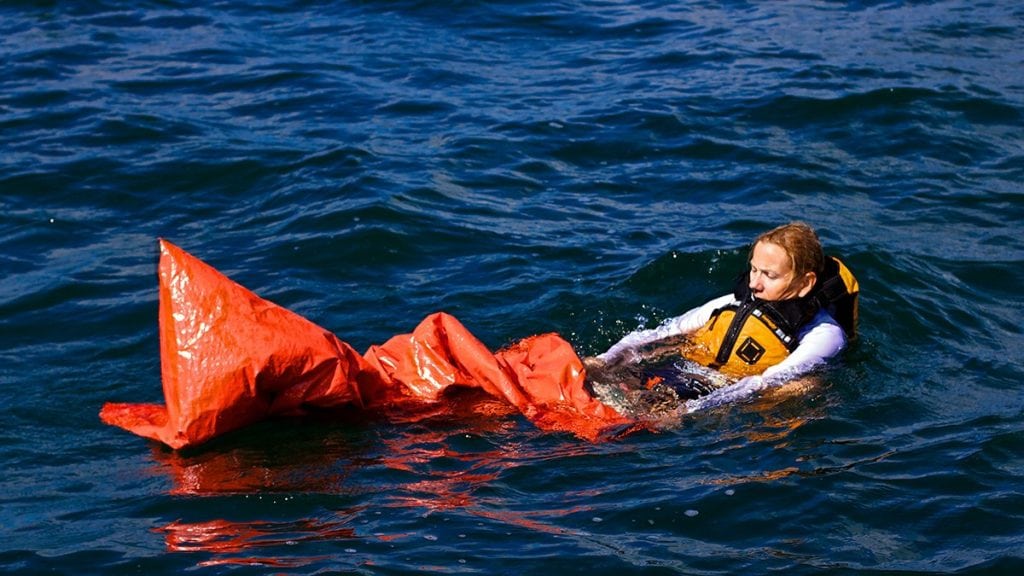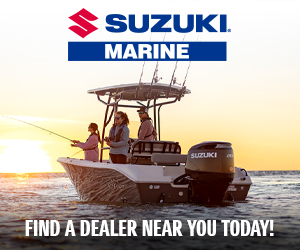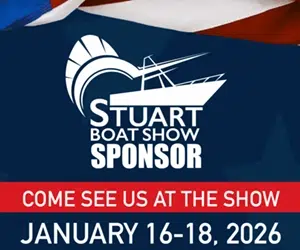Safety Gear
The old mantra “safety first” certainly applies to boating. Be it flares, PFDs, security systems, and tips for keeping all aboard safe and secure—Southern Boating’s Safety Gear has it all.
Beyond Basic Safety Gear
Go beyond the basic safety gear. This is survival gear. Safety on board is undoubtedly the most important aspect of...
Read moreDetailsMan Overboard Drills
We hope it never happens to you, but here's what to do in a Man Overboard situation. It's National Boating...
Read moreDetailsSelf-Activating Life Float
When someone is showing signs of distress in the water, time is of the essence. OneUp has developed a compact,...
Read moreDetailsLife Cell Ditch Kit
When it comes to safety at sea, Life Cell is a ditch kit and flotation device in one. Life Cell...
Read moreDetailsE-flares to the Rescue
E-flares are a safer alternative to pyrotechnic flares that burn dangerously hot. When it comes to marine distress flares, compliance...
Read moreDetailsMini Firefighter
Stop a small fire from becoming a major disaster with the Mini Firefighter. The small, lightweight canister extinguishes fires easily,...
Read moreDetailsWATCH: Safety Items for Summer
Safe summer ahead! Memorial Day is just around the corner. While the holiday honors those who died serving in the country's armed forces,...
Read moreDetailsOnboard Security for Your Vessel
Siren Marine stands guard to protect your vessel with onboard security On a quiet night in a sparsely populated marina,...
Read moreDetailsACR GlobalFIX EPIRB
ACR Electronics, Inc.’s new GlobalFIX V4 Emergency Position Indicating Radio Beacon (EPIRB) delivers fresh features. Safety-conscious boaters will appreciate the...
Read moreDetailsFLIR Ocean Scout 640
FLIR Ocean Scout 640, the latest version of its powerful Ocean Scout line of handheld thermal maritime cameras and new...
Read moreDetailsSemper Paratus
How “Always Ready” are you? Borrowing from the U.S. Coast Guard’s iconic “Always Ready” motto, when it comes to safety...
Read moreDetailsLunasea Lighting
Lunasea Lighting introduces two flood lights perfect for use on larger yachts. The 90-watt and 180-watt Lunasea Extreme Beam models...
Read moreDetailsMarine Series
Adventure Medical Kits’ Marine Series offers a range of kits to meet the needs of all boating enthusiasts. With 10...
Read moreDetailsLand Shark Instant Survival Shelter & Stealth Bag
Corporate Air Parts, a distributor of airline products to the business aircraft community, presents the Land Shark Instant Survival Shelter...
Read moreDetailsCrewsaver Liferafts
New Crewsaver® recreational liferafts feature the most advanced specifications on the market today. Three models—for coastal use, under 24-hour ocean...
Read moreDetails

